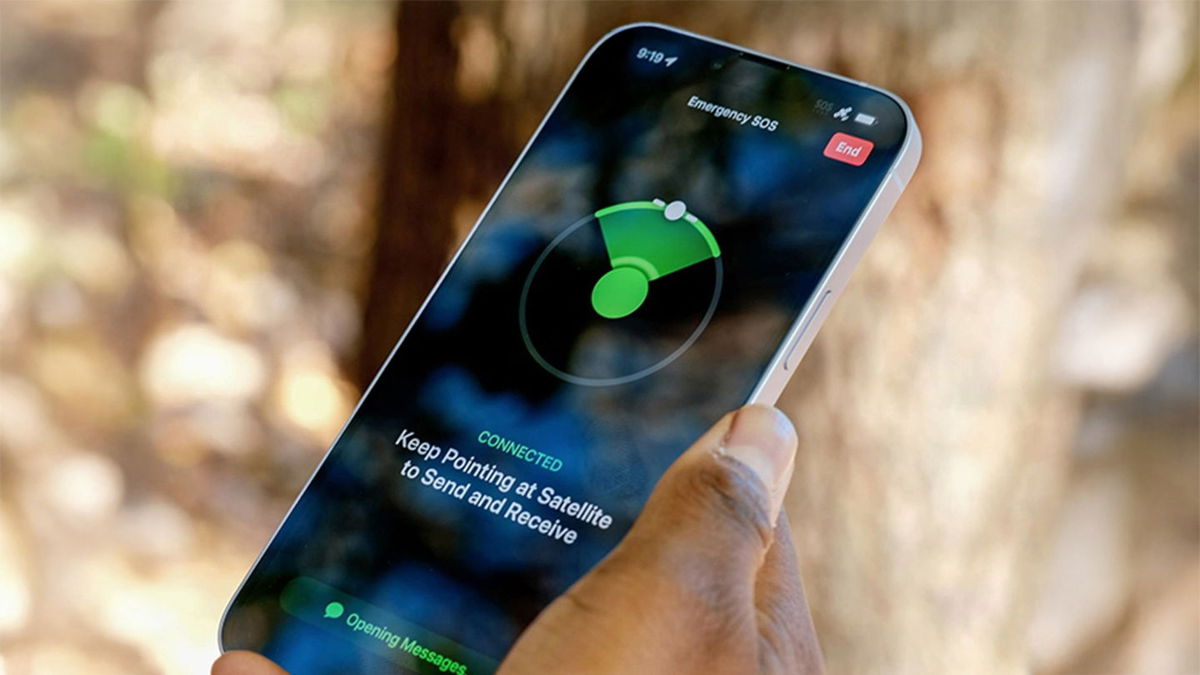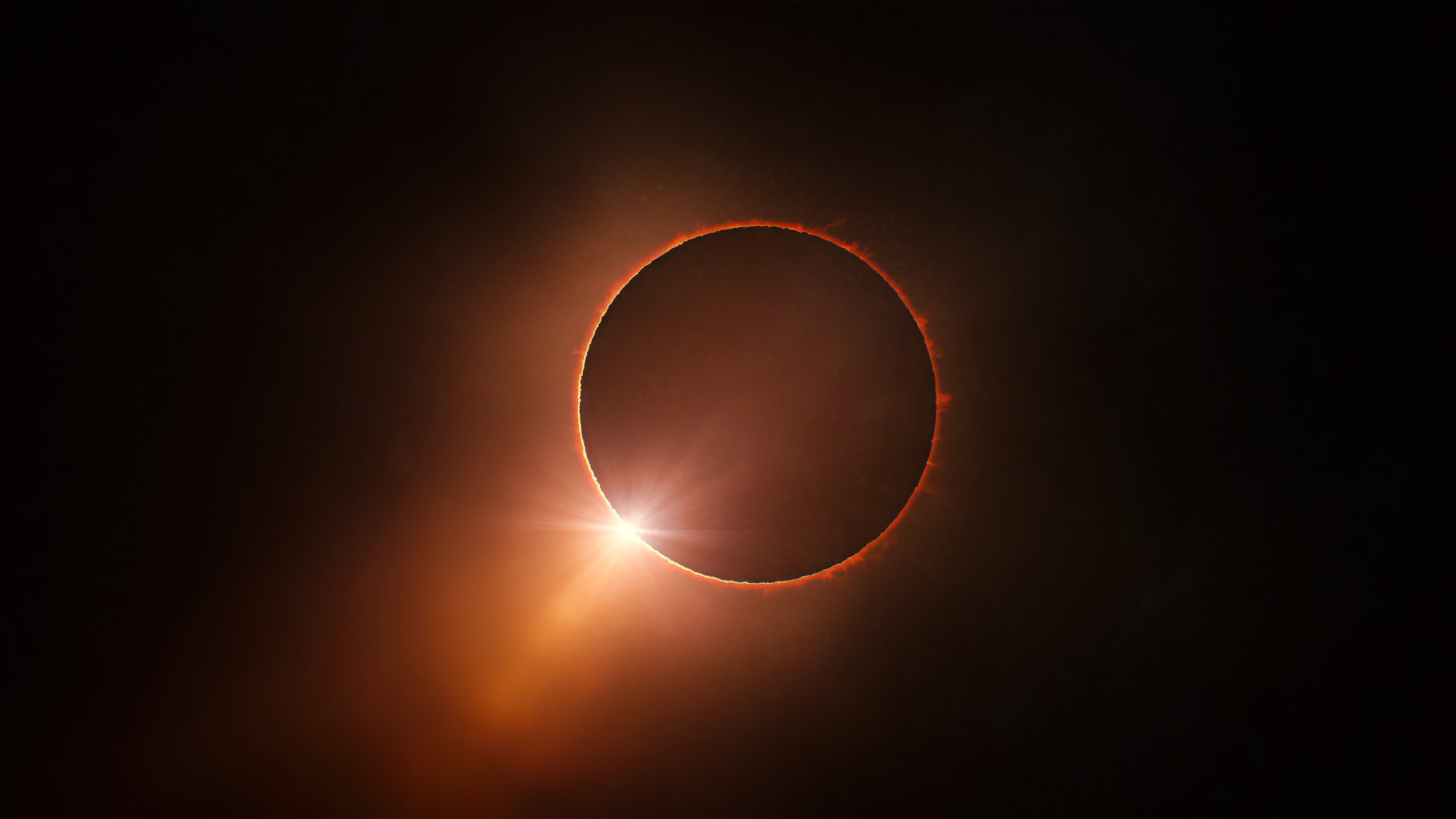In 2017, US citizens were able to view However, an incredible total solar eclipse occurred at a time when the Sun was approaching solar minimum, a period of low activity. Recently, the United States National Aeronautics and Space Administration (NASA) released a statement announcing: The next total eclipse in the United States will occur on April 8, 2024.
Residents of the United States and Mexico will once again be able to watch the Moon pass in front of the Sun, blocking the illumination of our energy-producing star. But perhaps this year’s event will be even more impactful than 2017’s; Astronomers point out that if everything lines up perfectly, a total eclipse could coincide with the natural solar maximum phenomenon.
On average, solar activity lasts about 11 years, and 2024 promises to be the solar maximum cycle; It’s no surprise that some scientists believe solar flares can cause internet outages. NASA researchers point out that solar maximum may occur between January and October this year.So, thanks to luck and good weather, the total eclipse may occur at the same time.
“During the 2024 eclipse, the Sun will be at or near solar maximum, and the magnetic field will look more like a tangled ball of fur. Emitters will likely be visible throughout the corona. Additionally, viewers will have the best chance of seeing the highlights. — Bright pink tendrils emerging from the Sun or those that look like bows,” explains NASA in an official release on the subject.
Total and maximum solar eclipse
Solar maximum is a phase of the solar cycle This increases the Sun’s magnetic activity and thus the number of sunspots on the star’s surface.
Coronal mass ejections and solar flares may also occur. Therefore, NASA scientists plan to study this phenomenon to understand how it could affect power grids, satellite communications systems, and even GPS services.
If the two events occur on April 8, viewers will be able to see the solar corona and even coronal mass ejections. In any case, it is worth emphasizing that Brazilians will not have the opportunity to watch it in Brazil, as the event will only be visible between Mexico and Canada.
“During the 2024 total eclipse, NASA is funding several research initiatives that build on research conducted during the 2017 eclipse. Led by researchers from different academic institutions, the projects will study the Sun and its impact on Earth with a variety of tools: cameras on high-altitude research aircraft, amateur radios, and more.” ” adds NASA.
Did you like the content? So always stay up to date with more studies on the solar cycle at TecMundo. If you wish, take the opportunity to understand how solar eclipses will be ringed millions of years from now.
Source: Tec Mundo
I’m Blaine Morgan, an experienced journalist and writer with over 8 years of experience in the tech industry. My expertise lies in writing about technology news and trends, covering everything from cutting-edge gadgets to emerging software developments. I’ve written for several leading publications including Gadget Onus where I am an author.













